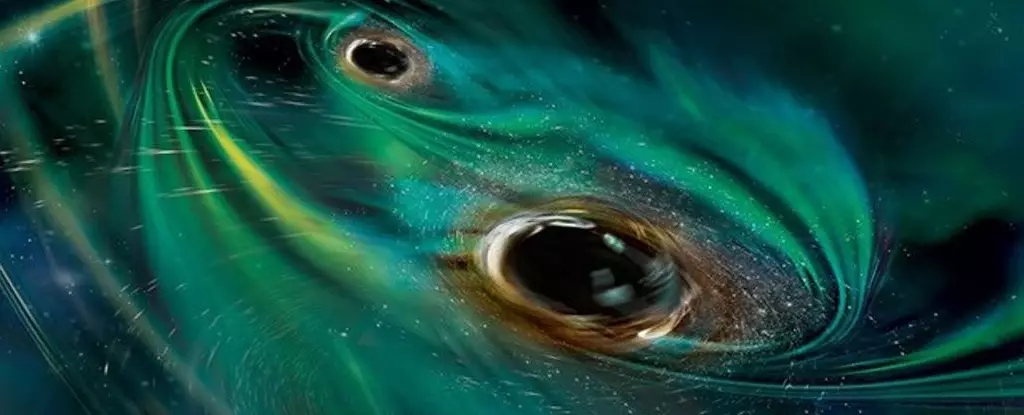In March 2021, a groundbreaking astronomical observation shook the scientific community. Astronomers detected a high-energy burst of light emanating from a distant galaxy, designated AT 2021hdr. At first glance, the event appeared to be a supernova, which are spectacular stellar explosions. However, the Automatic Learning for the Rapid Classification of Events (ALeRCE) flagged the burst, suggesting deeper intricacies, leading to further investigations that would stretch into the following year.
By 2022, the Zwicky Transient Facility (ZTF) had gathered more data, revealing a mesmerizing cycle of outbursts occurring every 60 to 90 days. This relentless cadence presented a challenge to astronomers, as it deviated from the typical behavior associated with supernovae. As scientists pored over the data, they grappled with the enigmatic nature of AT 2021hdr, initially considering it a tidal disruption event (TDE). In TDEs, a star ventures too close to a black hole and is torn apart, theoretically causing light bursts as the remains spiral into the black hole. However, the predicted irregularity of TDEs contradicted the observed periodicity, prompting experts to explore alternative explanations.
Through meticulous analysis and simulations, a new hypothesis emerged regarding the nature of AT 2021hdr. Researchers posited that the source of the periodic luminous bursts arose from interactions between a massive interstellar cloud and a pair of binary black holes. This model suggested a dynamic interplay; rather than simply annihilating the cloud, the black holes would create a churning effect as they consumed it. The simulations indicated that this would result in periodic light emissions coinciding with the black holes’ orbital motions.
The pivotal breakthrough came when the research team, utilizing the Neil Gehrels Swift Observatory, observed periodic oscillations in ultraviolet and X-ray spectrums that matched the transient bursts documented by the ZTF. This alignment between observation and simulation offered compelling evidence supporting the binary black hole hypothesis. The critical data set revealed that these black holes possess a combined mass of approximately 40 million solar masses, orbiting in a cycle of roughly 130 days. The implications were profound, suggesting that should the black holes continue on their current trajectories, they are on a collision course to merge in about 70,000 years.
The discovery of AT 2021hdr opens a window into understanding the intricate relationships between black holes and their environments. Had it not been for the transient passage of the interstellar cloud, these elusive black holes may have remained hidden from our scrutiny. The research team is committed to further observation, aiming to refine their model and gain insights into the influence these black holes exert on their host galaxy. This case not only exemplifies the uncharted realms of astronomy but also raises tantalizing questions about the nature of cosmic interactions at play in the universe.


Leave a Reply